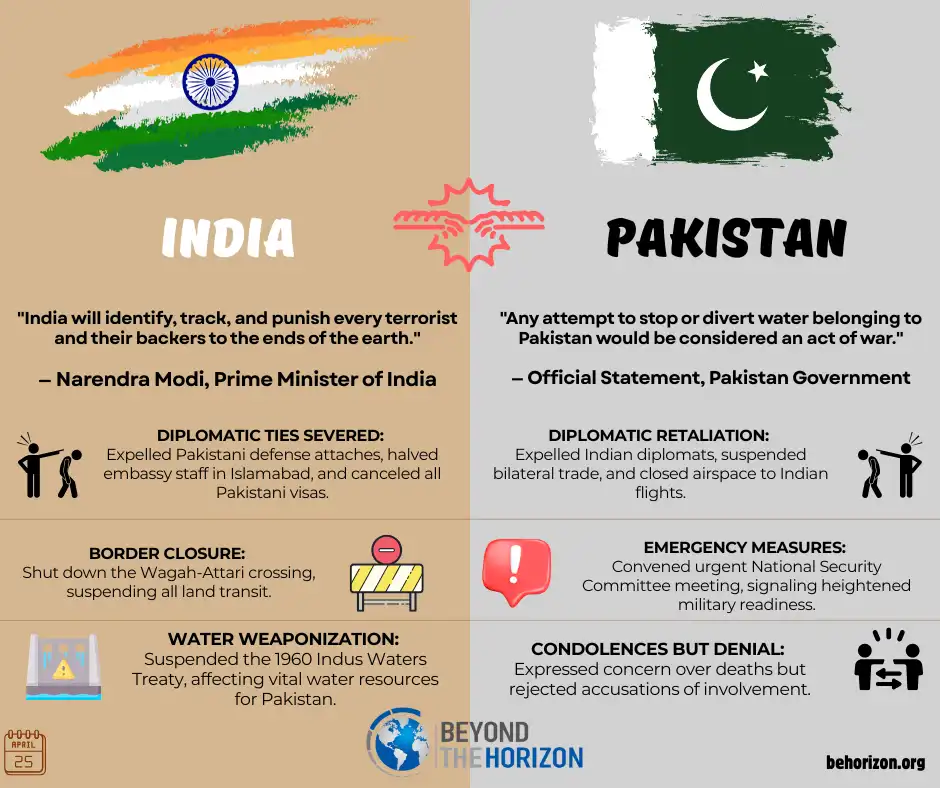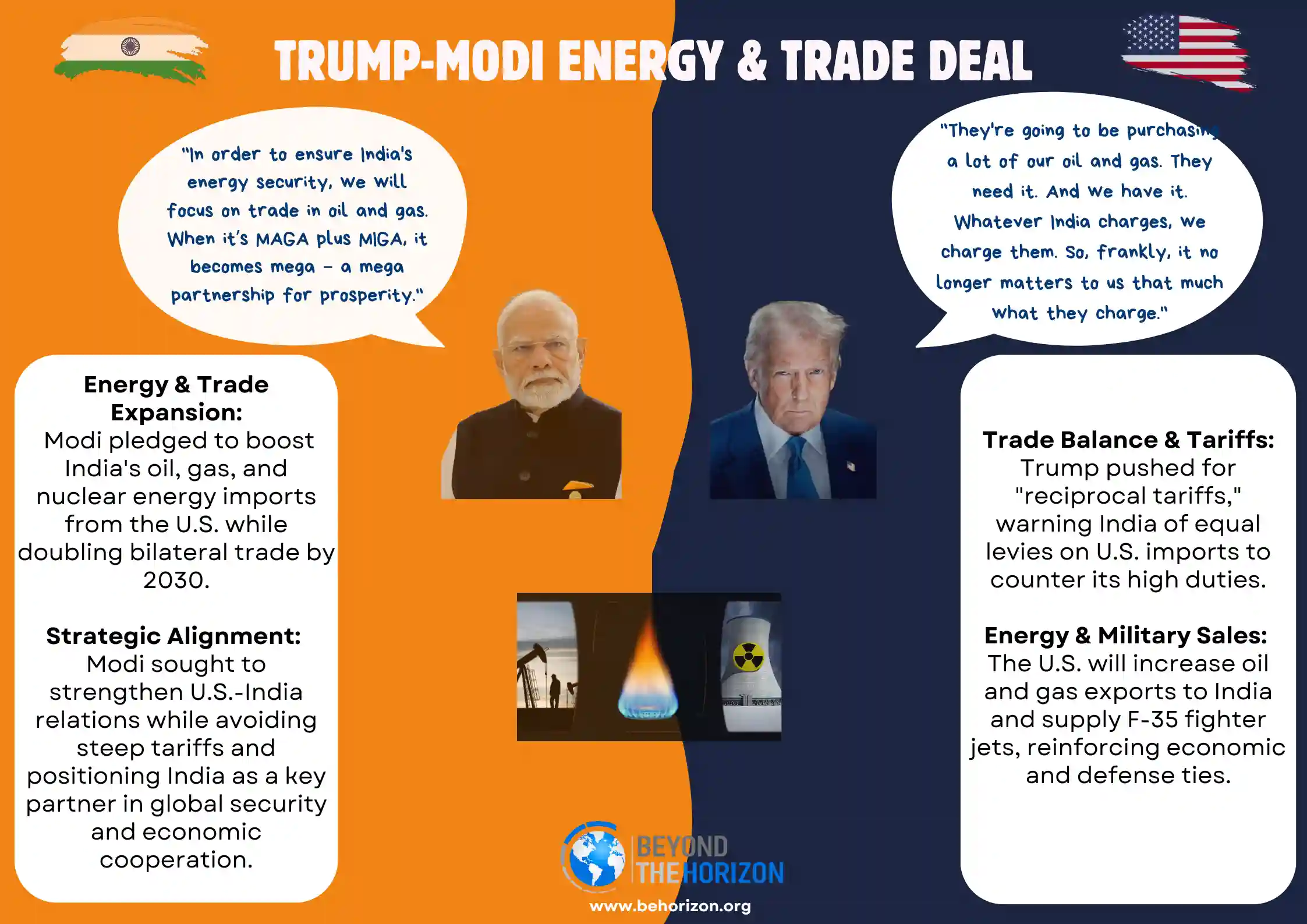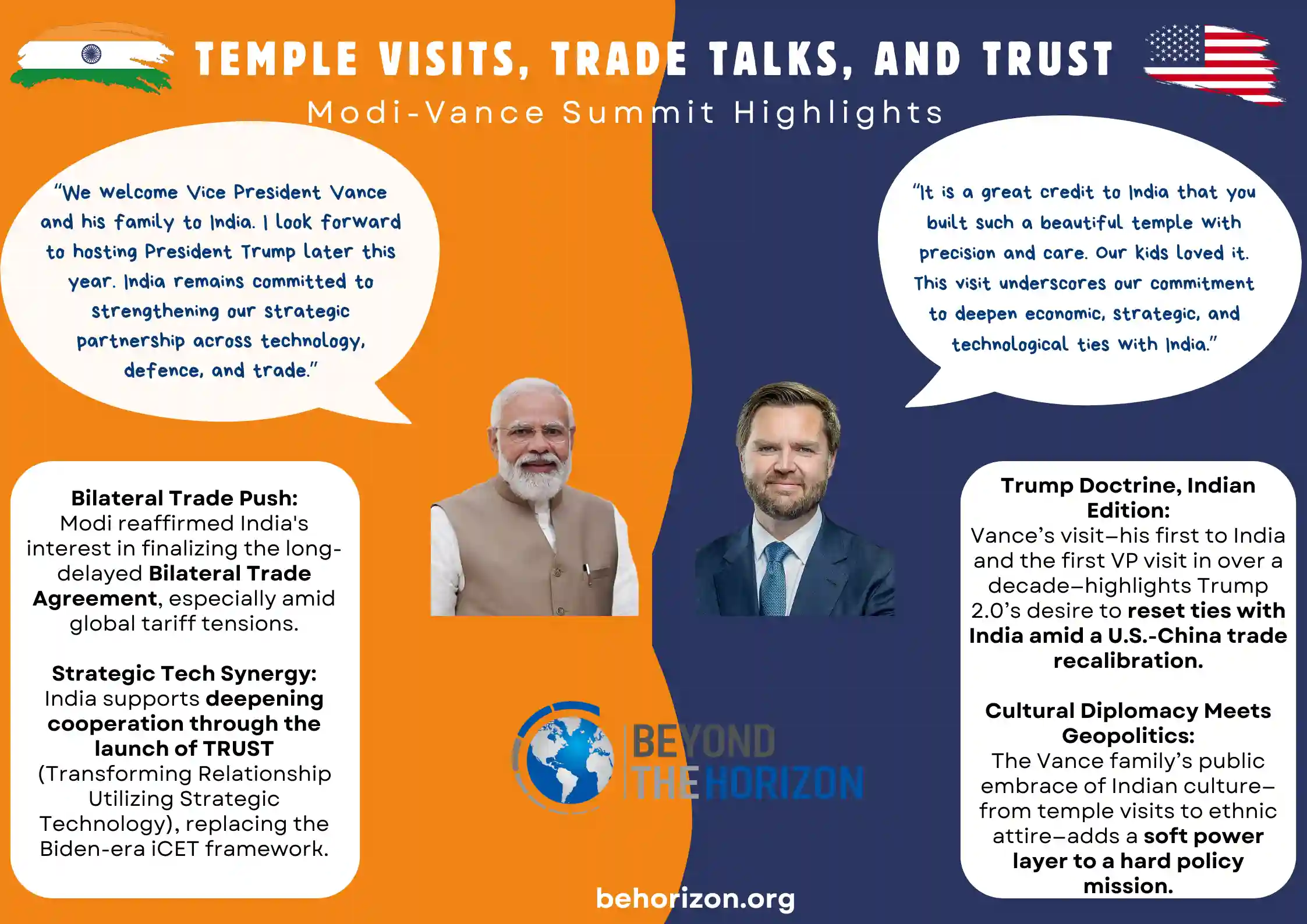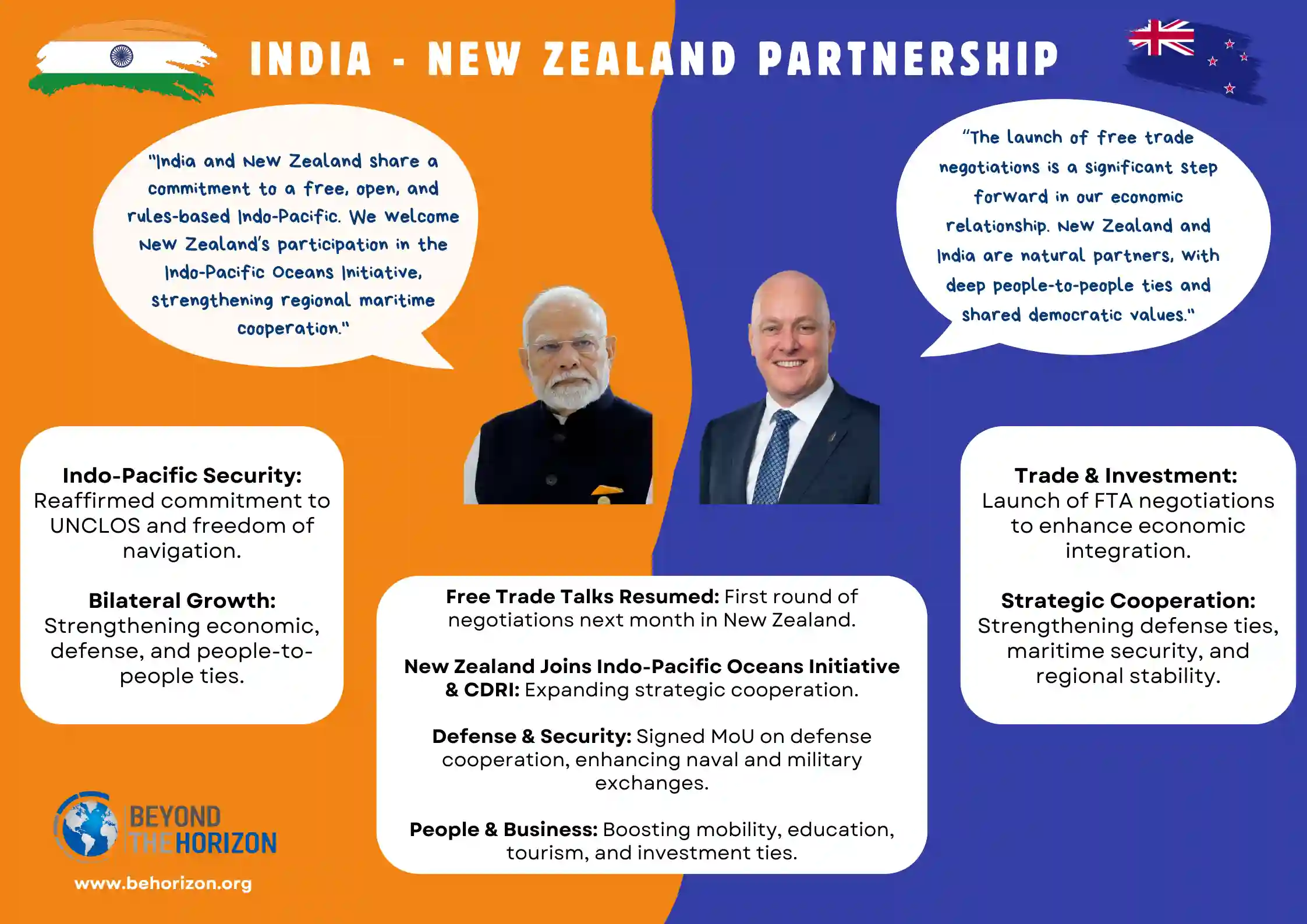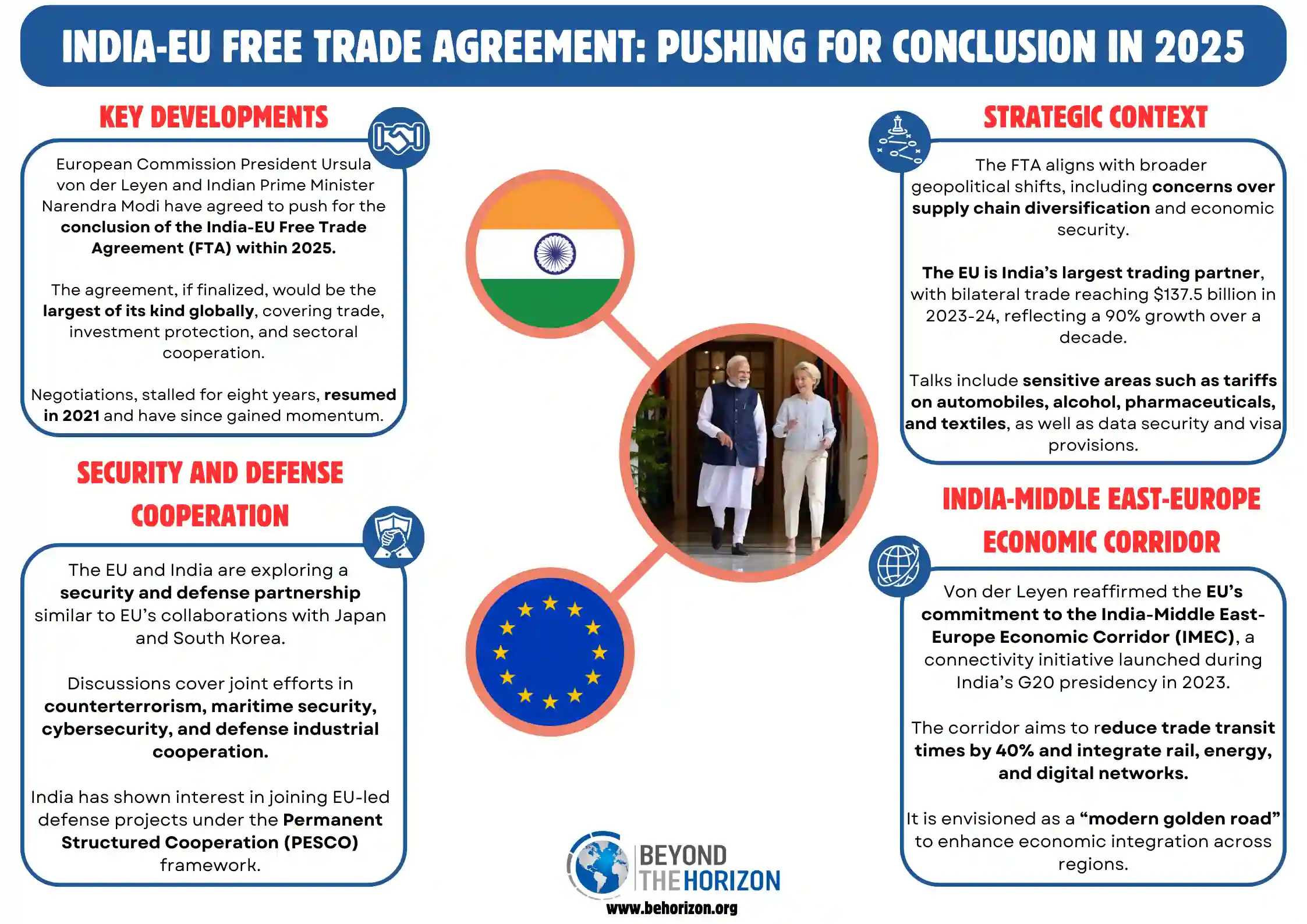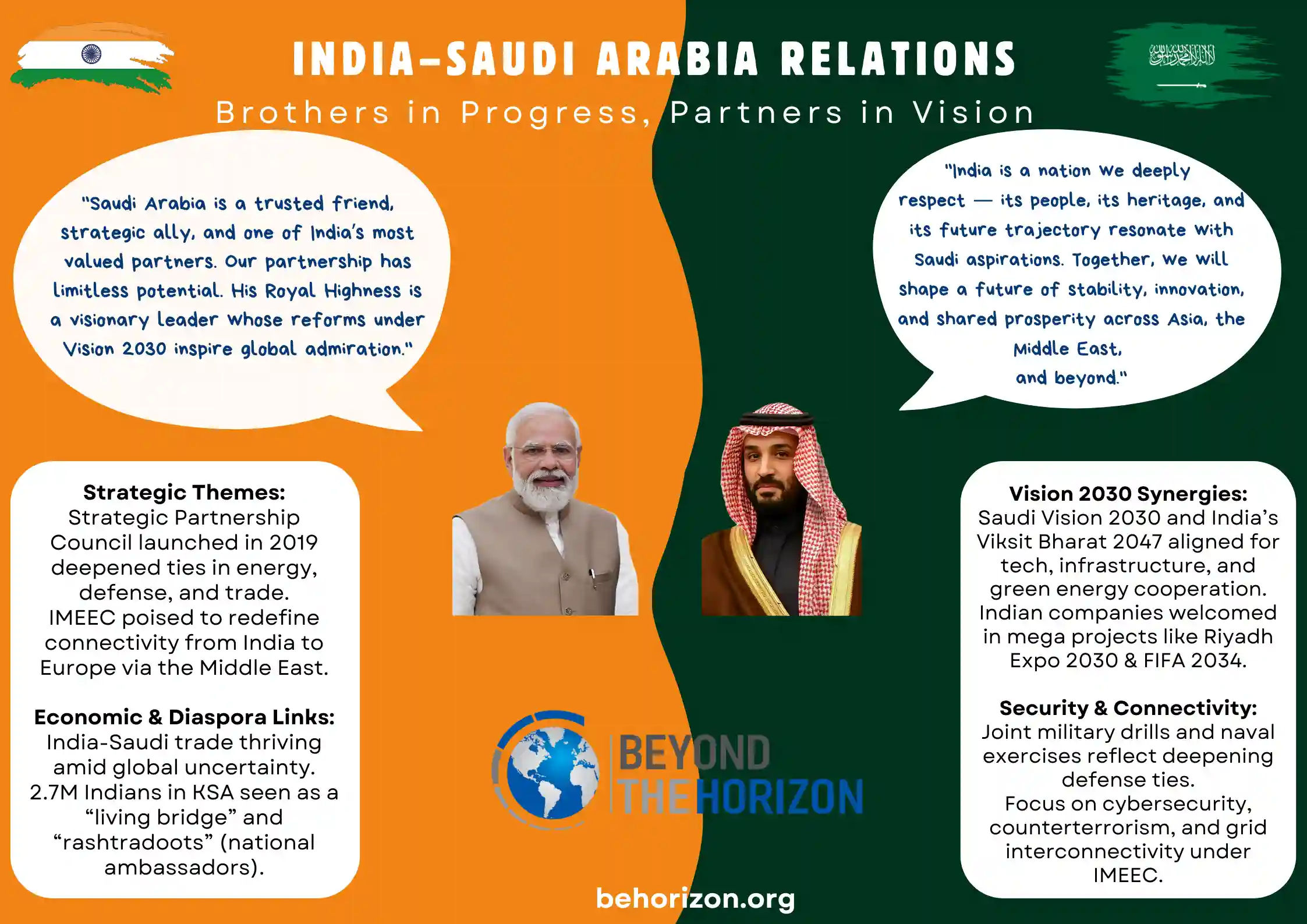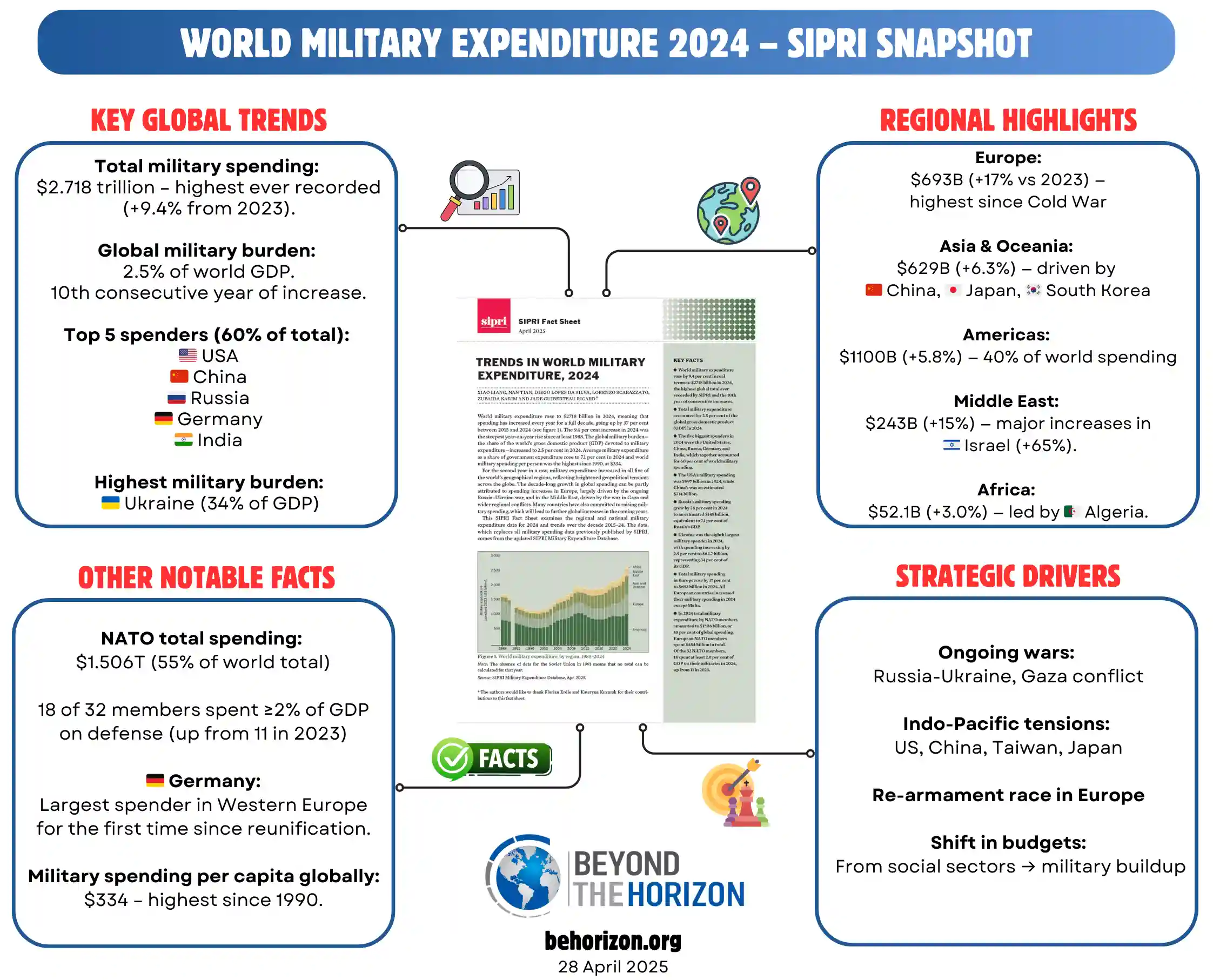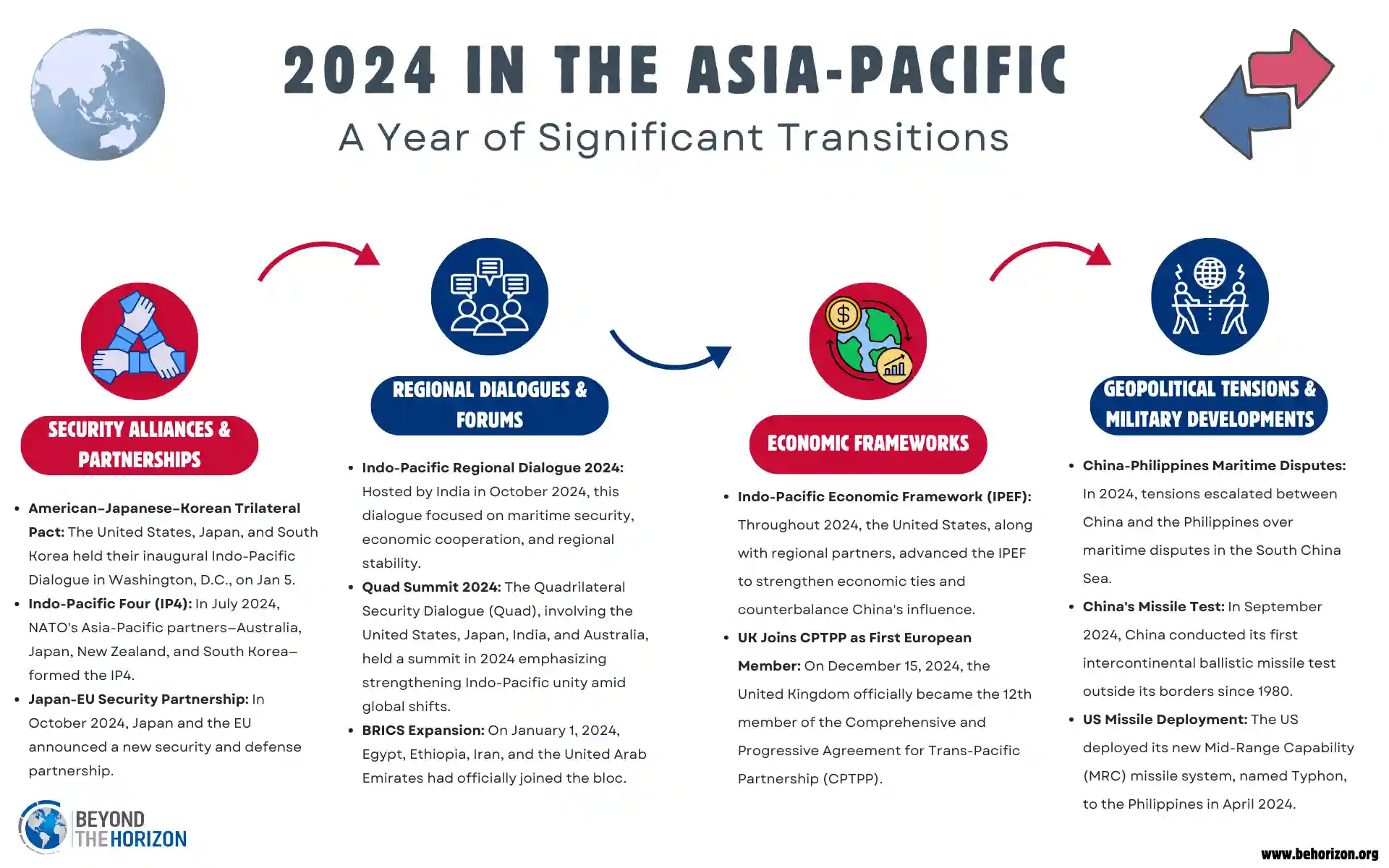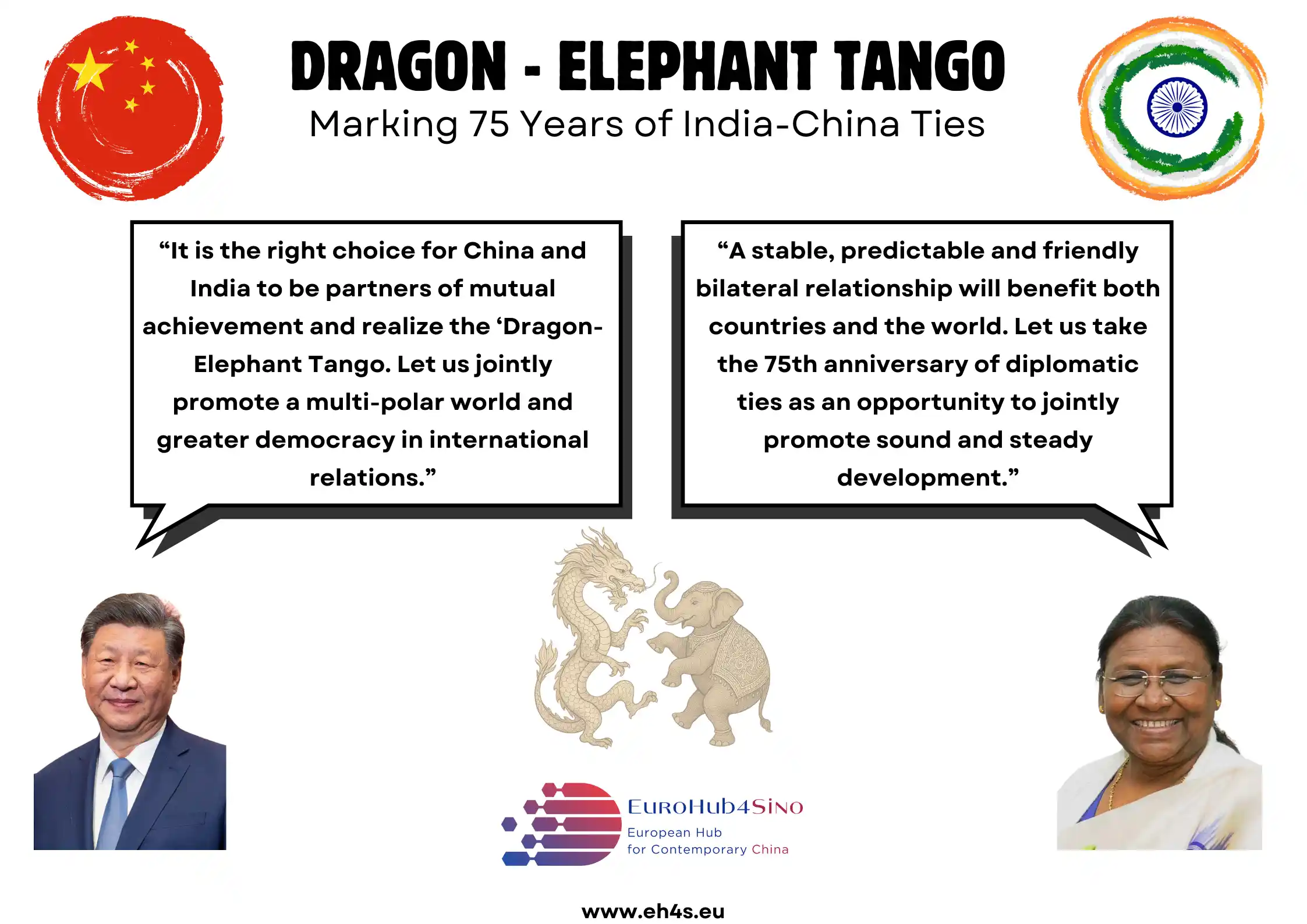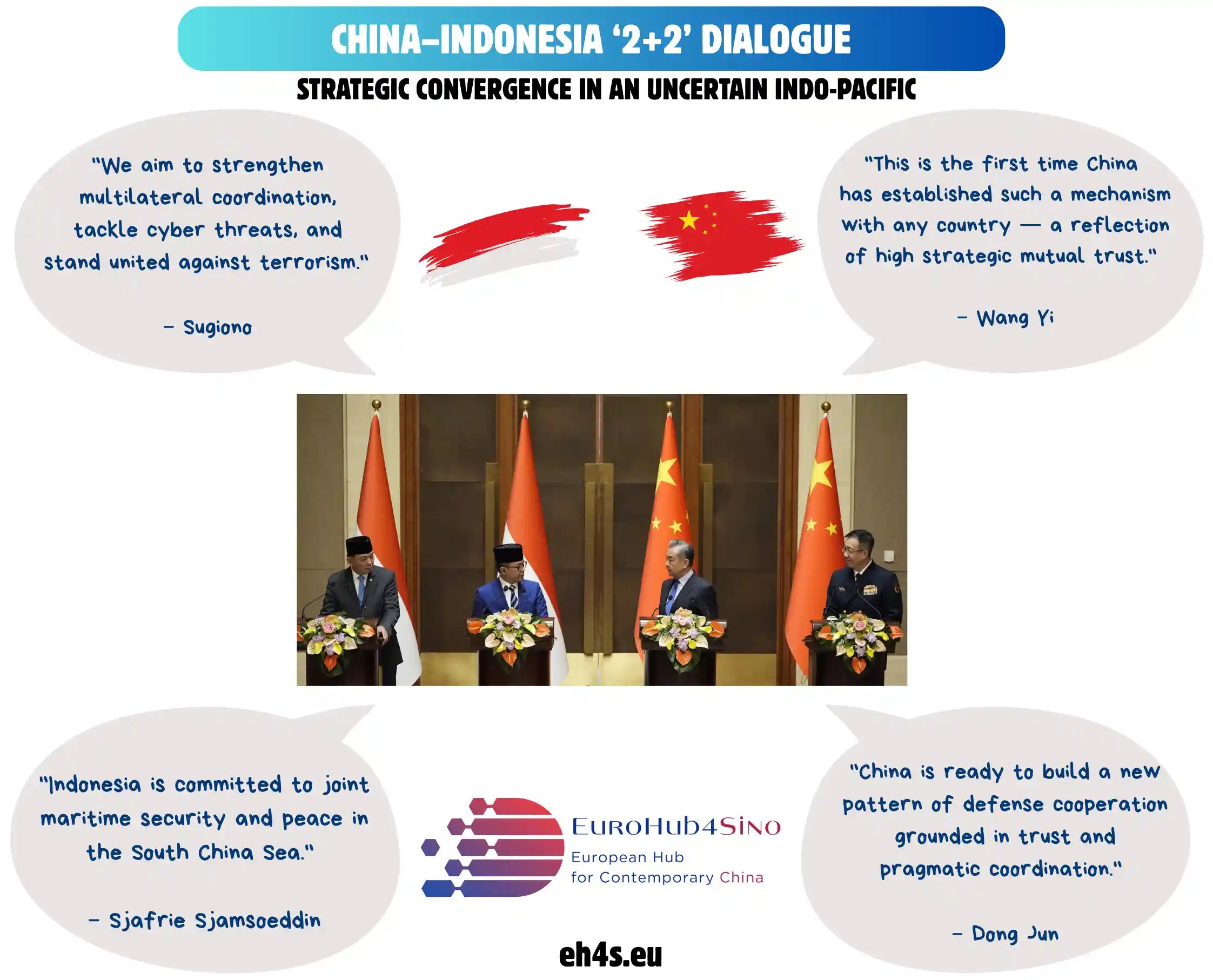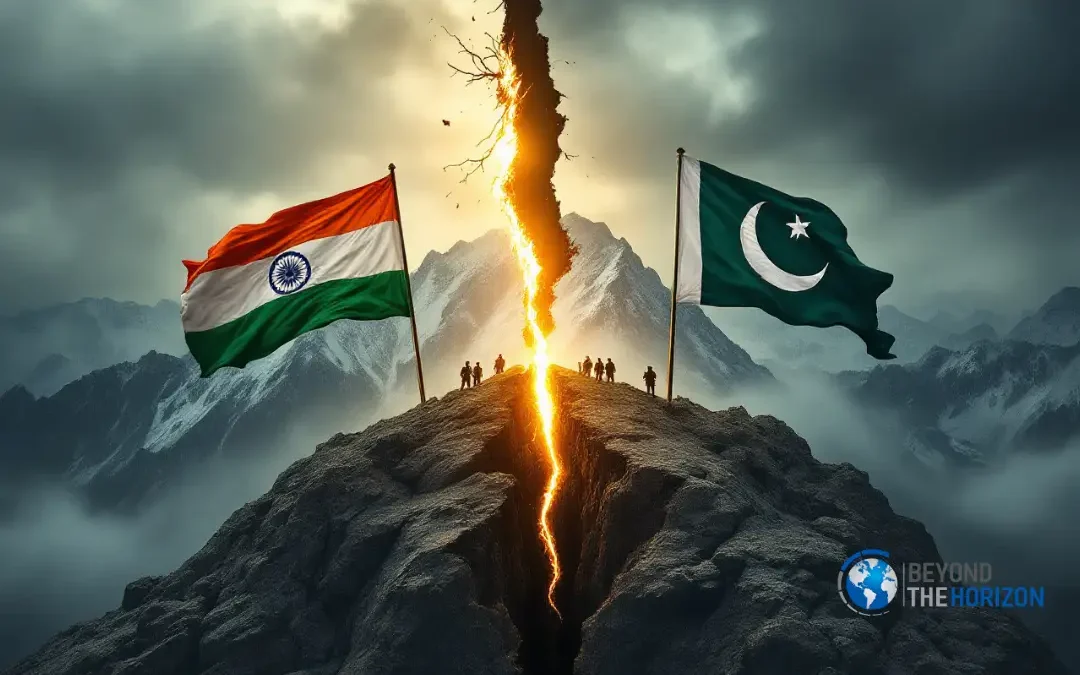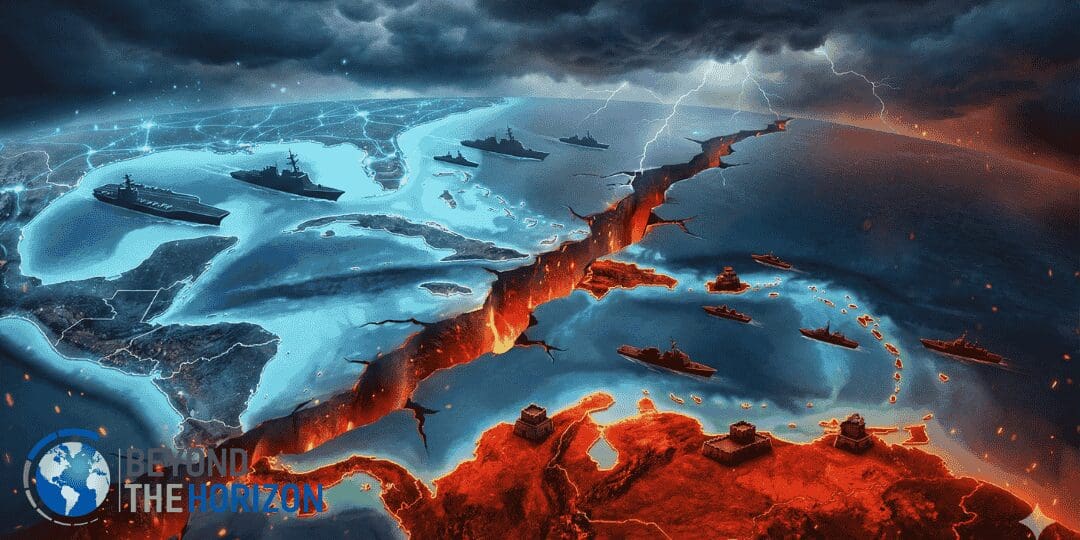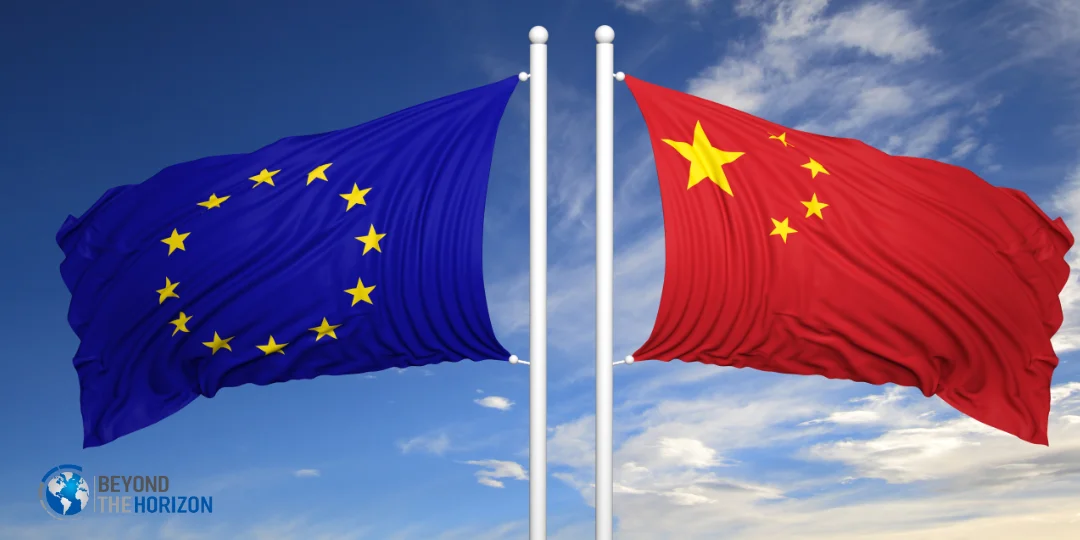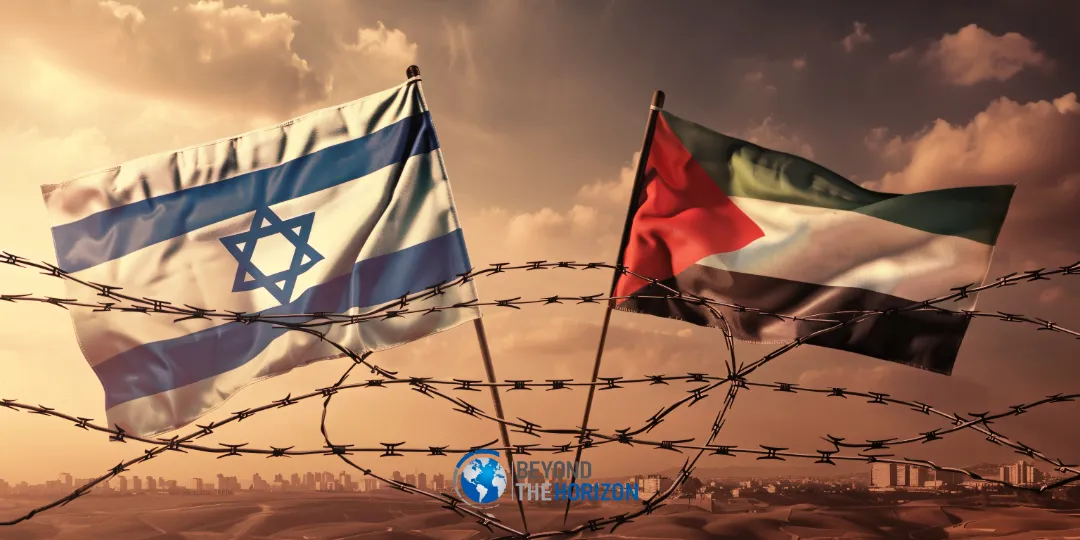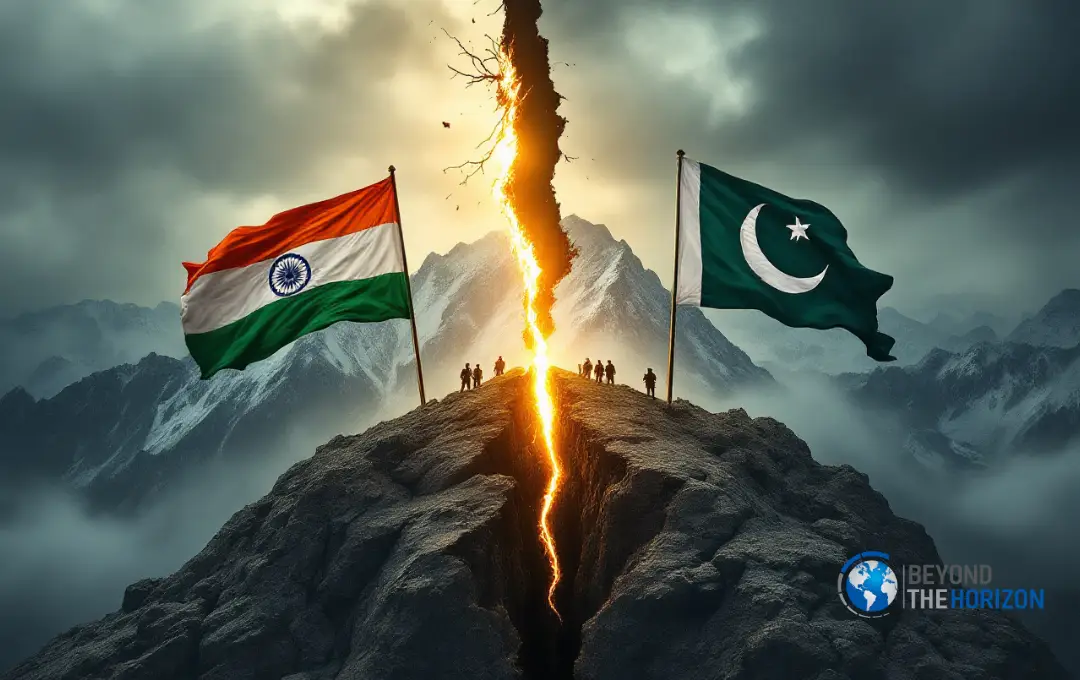On April 22, 2025, a devastating terrorist attack targeting tourists in Kashmir’s idyllic Pahalgam Valley shattered the fragile peace between India and Pakistan, swiftly plunging the two nuclear-armed rivals into their worst diplomatic and military crisis in years. The attack, perpetrated by armed militants who systematically targeted non-Muslim tourists, left 26 people dead—including 25 Indians and one Nepalese—and injured 17 others, marking one of the bloodiest incidents in recent Kashmiri history. Indian authorities quickly linked the violence to Pakistan-based militant groups, a claim that Islamabad strongly denied, accusing New Delhi of manipulating the tragedy to justify harsh measures against Pakistan.
In response, India enacted sweeping diplomatic actions, escalating the crisis to unprecedented levels. Diplomatic missions were downgraded, Pakistani defense attaches expelled, and the critical Wagah-Attari border crossing closed. Most notably, India suspended the landmark 1960 Indus Waters Treaty, a critical agreement regulating water resources essential to Pakistan’s agricultural economy. These moves dramatically heightened regional tensions, prompting Pakistan to respond in kind by shutting its airspace to Indian flights, halting bilateral trade, expelling Indian diplomats, and intensifying diplomatic rhetoric.
Roots of the Crisis: A Violent Escalation in Kashmir
The attack, claimed by a relatively unknown group calling itself “Kashmir Resistance,” reportedly linked to Lashkar-e-Taiba, marked a severe deterioration of the security situation in Kashmir. The incident exposed vulnerabilities in India’s Kashmir strategy, which has focused on promoting tourism and economic development to stabilize the region. By targeting tourists—integral to Kashmir’s economy—the militants sought maximum psychological and economic impact, succeeding in prompting mass evacuations and destabilizing the local economy.
India swiftly identified Pakistan as the orchestrator, accusing it of longstanding complicity in cross-border terrorism. Indian Prime Minister Narendra Modi characterized the attack as an assault on national integrity, vowing stringent reprisals and emphasizing the need to hold Pakistan accountable. Indian security agencies pointed specifically to links between the attackers and Pakistan-based militant networks, reinforcing public and political pressure for decisive action.
Pakistan’s Response: Defiance and Counter-Narrative
Islamabad responded with indignation, categorically rejecting Indian allegations and instead proposing an international investigation to establish facts transparently. Pakistani officials, including Prime Minister Shehbaz Sharif and Defense Minister Khawaja Asif, countered Indian claims by suggesting the attack might be a “false flag” designed by India to malign Pakistan internationally. This stance quickly gained traction domestically, as Pakistan used the crisis to unify political factions amid its ongoing economic challenges.
Pakistan’s response included drastic countermeasures mirroring India’s diplomatic moves. By expelling Indian diplomats, suspending bilateral trade, and closing airspace, Islamabad demonstrated its readiness to match Indian aggression step-for-step. Pakistan’s narrative framed India’s reaction as political opportunism, further complicating prospects for reconciliation.
Military Tensions: Risks of Escalation Along the Line of Control
Concurrent with diplomatic exchanges, military tensions flared along the Line of Control (LoC)—the heavily militarized de facto border dividing Kashmir between India and Pakistan. Reports of cross-border exchanges of fire emerged within days of the initial attack, exacerbating fears that minor provocations could rapidly escalate into wider conflict. Pakistan’s explicit warnings of potential “all-out war” underlined the gravity of the threat, highlighting the potential for a miscalculation to trigger a catastrophic regional conflict involving nuclear arsenals.
Both nations maintain large conventional forces deployed in proximity to the LoC, enhancing risks of accidental or deliberate escalation. Given their historical animosity, periodic violent exchanges in Kashmir frequently threaten broader regional stability. The international community remains deeply concerned about the possibility of uncontrolled escalation, with limited mechanisms currently available to contain or mediate such a crisis rapidly.
Domestic Pressures Amplifying the Crisis
In both India and Pakistan, domestic political dynamics significantly influence responses to the crisis. Nationalist sentiments surged dramatically in both countries, constraining political leaders’ capacity for compromise and incentivizing assertive responses.
In India, public outrage following the Pahalgam massacre drove demands for swift retribution. Media narratives amplified nationalist fervor, pressing Modi’s administration to demonstrate decisive leadership through robust action against Pakistan. Nevertheless, prominent voices within India’s strategic community warned against impulsive military responses, emphasizing the catastrophic implications of a conflict between two nuclear-armed neighbors. They urged a measured diplomatic approach, even amid heated public rhetoric.
Conversely, Pakistan leveraged the crisis to foster national unity, presenting a united front across political divides. The Sharif administration capitalized on nationalist sentiment to bolster its position amidst economic hardships and political challenges. Pakistani commentators widely supported the government’s rejection of Indian claims, further solidifying public backing for Islamabad’s defiant stance. However, some analysts highlighted Pakistan’s economic vulnerabilities, cautioning against prolonged confrontation that could further weaken the country’s precarious financial stability.
International Reactions and Calls for Restraint
The global community reacted swiftly, uniformly condemning the violence while urgently advocating restraint:
- United States: President Trump firmly condemned the attack, supporting India’s stance against terrorism but carefully avoiding direct mediation offers, urging bilateral resolution through dialogue.
- United Nations: Secretary-General António Guterres called for calm, indicating readiness to facilitate negotiations if both parties consented.
- China:
- Russia and European nations: Strongly condemned the attack, emphasizing accountability but encouraging diplomatic resolutions.
These reactions reflect a broad international consensus about the dangers inherent in prolonged Indo-Pakistani confrontation, underscoring the importance of diplomatic solutions to prevent escalation.
Consequences for Regional Stability and Security
The ongoing crisis poses severe implications for South Asian stability across several critical dimensions:
- Military Risks: A sustained standoff significantly increases the probability of direct armed conflict, with potentially catastrophic nuclear implications.
- Economic Impact: Economic disruptions could severely impact Pakistan’s already vulnerable economy, exacerbating regional poverty and instability.
- Collapse of Regional Cooperation: The breakdown in Indo-Pakistani relations undermines cooperative regional frameworks, hindering collective economic growth and integration efforts, notably through SAARC.
- Rise in Extremism: Heightened nationalist rhetoric risks empowering extremist groups, which could exploit increased geopolitical tensions to further destabilize regional security.
Navigating Towards De-escalation and Diplomatic Solutions
Despite escalating tensions, viable diplomatic pathways exist to mitigate risks and initiate de-escalation:
- International Mediation: Third-party intervention through neutral mediators such as the UN or influential global powers could facilitate initial dialogue. An impartial investigation of the attack could help clarify facts and restore mutual confidence.
- Restoring Communication Channels: Re-establishing diplomatic and military communication channels is crucial for managing immediate tensions and avoiding accidental escalations along the LoC.
- Gradual Reversal of Punitive Measures: Rolling back extreme measures such as treaty suspensions and airspace restrictions could build mutual trust and create momentum toward broader dialogue.
- Encouraging Domestic Moderation: Promoting moderate voices domestically may eventually shift public opinion away from aggressive nationalism, enabling diplomatic compromise.
- Collaborative Counterterrorism Initiatives: Joint anti-terrorism initiatives, supported by international observers, could address foundational security concerns, reducing immediate and long-term tensions.
Conclusion
The Kashmir terrorist attack dramatically escalated tensions between India and Pakistan, reigniting a dangerous rivalry with potentially catastrophic regional and global implications. While domestic nationalist pressures complicate immediate diplomatic resolutions, international interventions, pragmatic domestic voices, and mutual recognition of nuclear dangers provide cautious optimism for a peaceful resolution. Successfully navigating this crisis requires skillful diplomacy, strategic patience, and international cooperation. The international community must play an active role in supporting dialogue and confidence-building to ensure regional peace and stability.
Related Infographics
